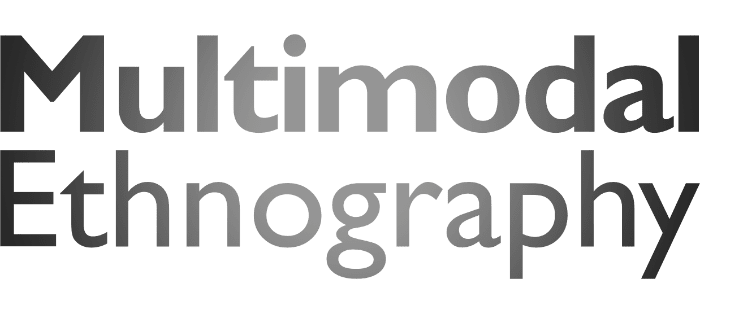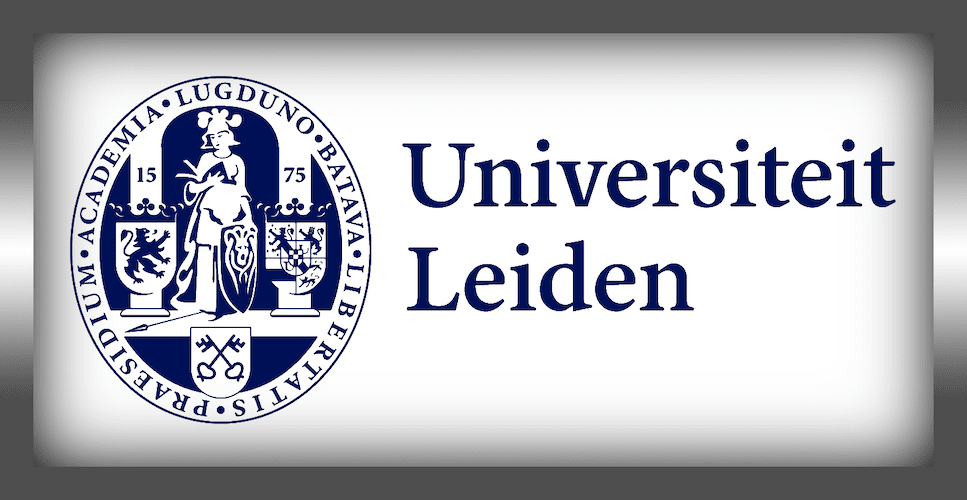Like vision, growing attention to sensory anthropology means that culturally patterned modes of listening are increasingly recognized as distinct and significant ways of knowing. The way we listen to and signify sound is now acknowledged as a primary way we make sense of the world around us; accordingly, anthropologists studying sonically mediated cultural expressions like speech, song, and music have begun to engage less obvious cultural structures and sensory engagements occurring within the modality of sound. Prominent Audio-Visual Anthropologists like Steven Feld, as well as Lucien Taylor and Ernst Karel in the Harvard Sensory Lab, treat sound as an object of ethnographic enquiry. Feld refers to that field of study as ‘Acoustemology’, which “conjoins ‘acoustics’ and ‘epistemology to theorize sound as a way of knowing” (Feld in D. Novak & Saka Keeny, eds. 2015:12).
In film, sound is an important signifier: it structures the way we see. Filmmakers are keenly aware of the importance of composing soundtracks that communicate natural, social, and culturally specific ‘soundscapes’ in order to communicate ethnographic realities. Besides cultural context and the acoustic elements of human, animal, and natural action, the soundscape conveys a sense of authenticity and being there. Through its social immediacy, sound creates a sense of presence in the field and leads the viewer’s attention to different features in the frame.
Speech, as one of humanity’s most important modes of communication and identification, serves as a source of information, plays a role in ritual performances, enables a wealth of daily social interactions, and offers access to subjective inner worlds. The way anthropologists reproduce speech also has ethical implications and who’s ‘voice(s)’ is/are heard or silenced plays an important role in the politics of representation and determines the way an audience will apprehend whose story is told in an ethnographic documentary.


